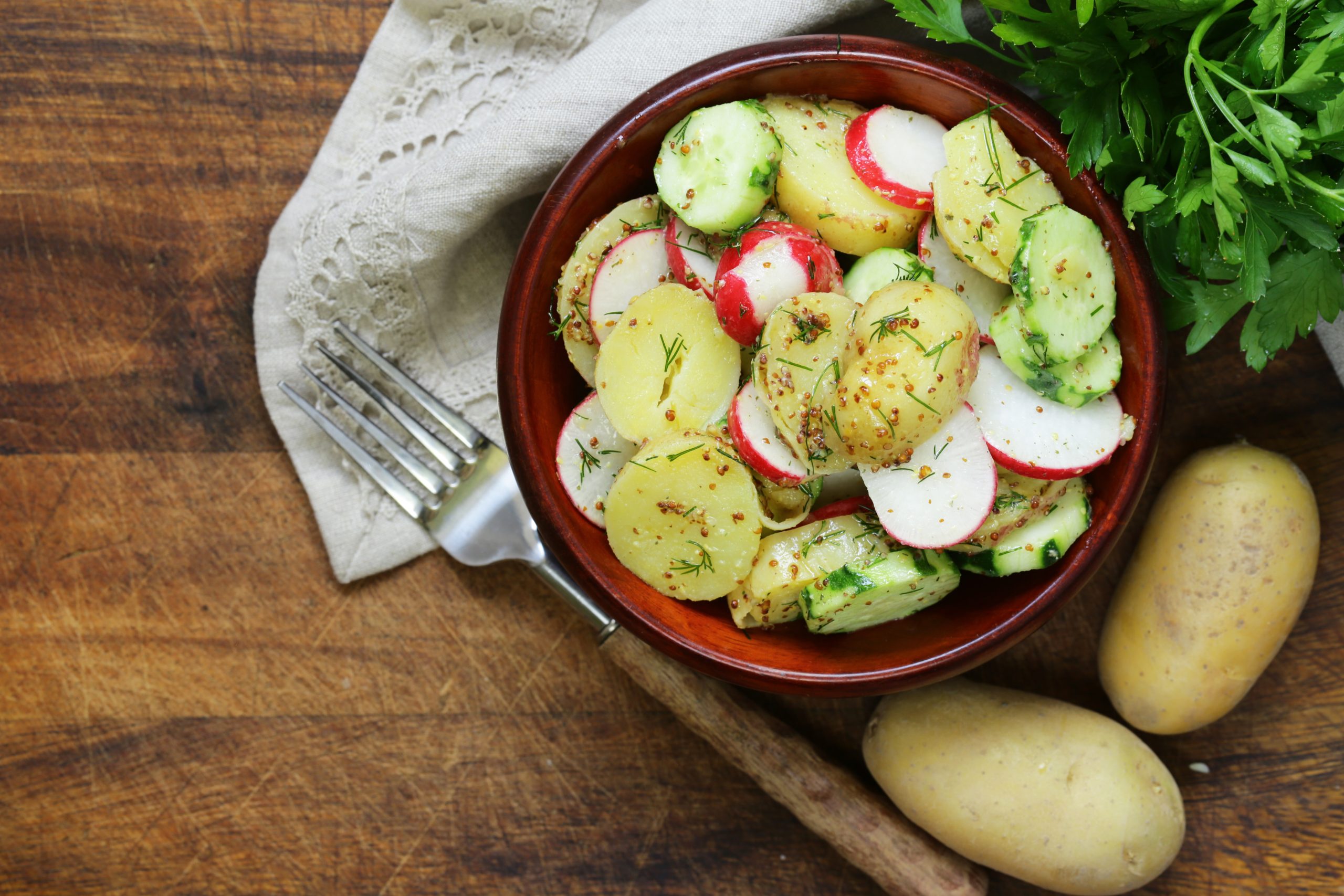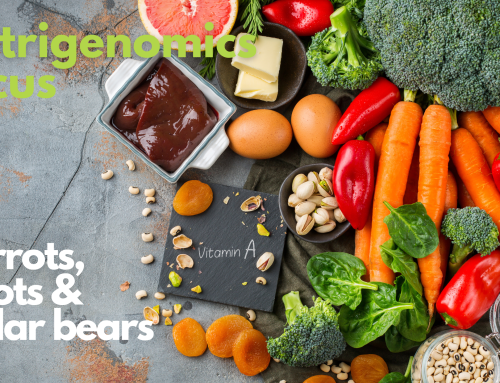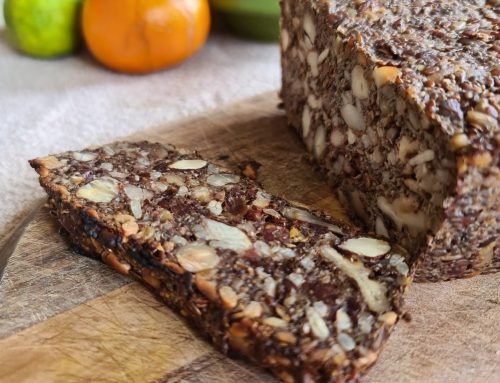When it comes to gut health, we often hear about the importance of probiotics and fibre-rich foods. However, there’s another unsung hero in the world of digestive health that deserves the spotlight – resistant starch. This often-overlooked component plays a vital role in feeding the good bacteria in your gut, leading to a myriad of health benefits. In this short read, we’ll explore the wonders of resistant starch and its impact on the SCFA-producing bacteria that keep our digestive system happy and healthy.
Resistant Starch: A Brief Overview
Resistant starch is a unique type of starch that eludes digestion in the small intestine. Instead of breaking down into simple sugars, it ventures further into the large intestine where it becomes a feast for our gut’s friendly bacteria. Found in certain foods like potatoes, legumes, green bananas, and whole grains, resistant starch undergoes fermentation, setting the stage for a symbiotic relationship with our gut microbes.
Here are some of the best sources of resistant starch:
- Cooked and cooled potatoes: When potatoes are cooked and then cooled, the starch undergoes retrogradation, turning some of it into resistant starch. This means that dishes like potato salad can be a good source of resistant starch.
- Legumes: Beans, lentils, chickpeas, and other legumes are rich in resistant starch. They are not only a great source of plant-based protein but also beneficial for digestive health.
- Green bananas: Unripe green bananas contain a significant amount of resistant starch. As the banana ripens, the resistant starch content decreases, and the starch converts to regular digestible sugars.
- Plantains: Similar to green bananas, unripe plantains are a good source of resistant starch.
- Whole grains: Certain whole grains, such as barley, oats, and brown rice, contain resistant starch. These grains can be a healthier alternative to refined grains.
- Seeds: Foods like flaxseeds, chia seeds, and partially ground grains like cracked wheat can contain resistant starch.
- Cooked and cooled rice: Like potatoes, when rice is cooked and then cooled, some of its starch becomes resistant starch.
- Pasta: When pasta is cooked and then cooled, it can also become a source of resistant starch.
It’s important to note that cooking these foods changes the structure of the starches, making them resistant to digestion. However, reheating them may reduce the resistant starch content, so consuming them cold or at room temperature is ideal for maximizing their benefits.
The SCFA Connection
Enter the SCFA-producing bacteria – the true beneficiaries of resistant starch. As resistant starch reaches the colon, these beneficial bacteria indulge in a fermentation feast, leading to the production of short-chain fatty acids (SCFAs). Acetate, propionate, and butyrate, the star SCFAs, step into the limelight, bestowing numerous health perks on their host.
Gut Health: The Big Winner The SCFAs generated from resistant starch consumption prove to be major players in maintaining gut health. Butyrate, in particular, deserves special mention for its anti-inflammatory properties, which can soothe irritable bowel syndrome (IBS) and inflammatory bowel disease (IBD) symptoms. These SCFAs also provide an energy source for the colon cells, contributing to a robust intestinal barrier and improved gut function.
A Balancing Act: Weight and Metabolism Resistant starch not only benefits our digestive system but also plays a role in weight management. SCFAs can influence appetite-regulating hormones, helping to curb hunger and promote satiety. Additionally, improved insulin sensitivity due to SCFA production may aid individuals with type 2 diabetes or those at risk of developing it.
Beyond the Gut: Boosting Overall Health The goodness of resistant starch extends beyond the confines of our digestive system. SCFAs have been found to impact our immune function, potentially bolstering our body’s defense against pathogens. Furthermore, they enhance mineral absorption, ensuring we reap maximum benefits from the nutrients in our diet.
Incorporating Resistant Starch into Your Diet
Now that we know the valuable role of resistant starch in nurturing our gut flora, how can we make it a part of our daily lives? Consider enjoying dishes like potato salad, cooked and cooled rice, or legume-based meals. Don’t forget those green bananas and plantains! Opt for whole grains like barley and oats to increase your resistant starch intake.
Conclusion: In the vast realm of gut health, resistant starch stands as a powerful ally. By supporting the growth of SCFA-producing bacteria, it strengthens our digestive system, combats inflammation, and enhances overall well-being. Embrace the goodness of resistant starch in your diet to unleash the hidden hero within, and watch as your gut health flourishes, paving the way for a healthier and happier you.
RECIPE
German potato salad is a delicious and tangy alternative to traditional mayonnaise-based potato salads. Here’s a simple and flavorful recipe for German potato salad using olive oil and vinegar:
Ingredients:
2 pounds of waxy potatoes (such as Yukon Gold or red potatoes)
1 small red onion, finely chopped
3 tablespoons extra-virgin olive oil
2 tablespoons white wine vinegar
1 tablespoon Dijon mustard
1 tablespoon fresh chopped parsley
Salt and black pepper to taste
4-5 slices of cooked bacon, crumbled (optional, for added flavor)
1/3 cup chopped gherkins (dill pickles)
Instructions:
Wash the potatoes thoroughly and place them in a large pot. Cover the potatoes with cold water and add a pinch of salt. Bring the water to a boil over medium-high heat and cook the potatoes until they are tender when pierced with a fork, about 15-20 minutes.
While the potatoes are cooking, prepare the dressing. In a small bowl, whisk together the olive oil, white wine vinegar, Dijon mustard and chopped parsley. Season the dressing with salt and black pepper to taste. Adjust the flavors as needed to achieve the desired balance of tanginess and sweetness.
Once the potatoes are cooked, drain them and let them cool slightly. While they are still warm, cut the potatoes into bite-sized pieces. Leave the skin on for added texture and nutrients.
In a large mixing bowl, combine the warm potato pieces and finely chopped red onion. Pour the dressing over the potatoes and gently toss to ensure the potatoes are well coated.
Add the chopped gherkins (dill pickles) to the potato salad. The gherkins will provide a tangy flavor and a crunchy element to the dish.
If desired, add the crumbled bacon to the potato salad for extra flavour and a hint of smokiness.
Allow the potato salad to sit at room temperature for about 15-20 minutes to let the flavours meld together. Keep in the fridge for at least a couple of hours for maximum resistant starch benefits.
Serve the German potato salad cold or at room temperature as a delightful side dish for any meal. Enjoy!





Leave A Comment